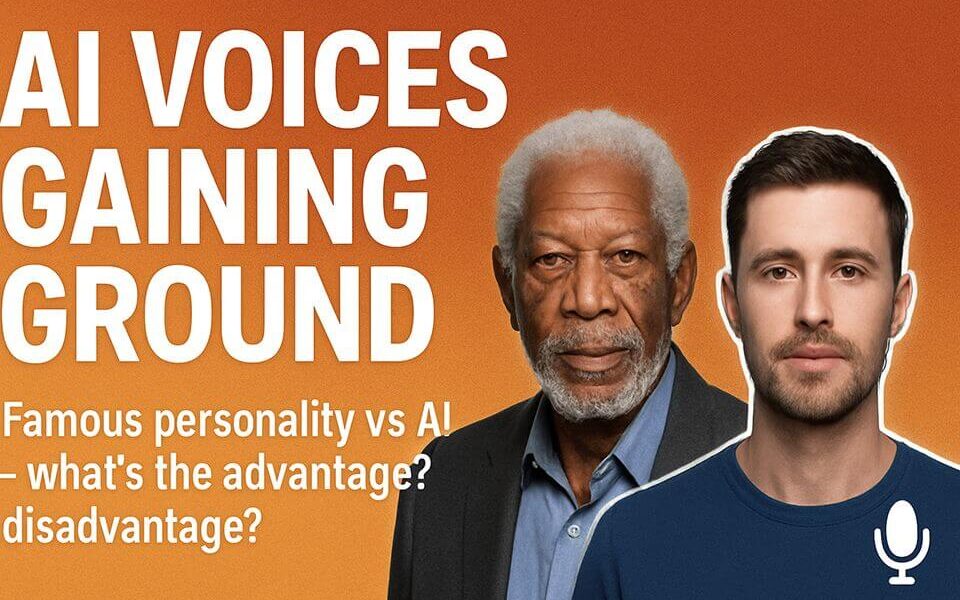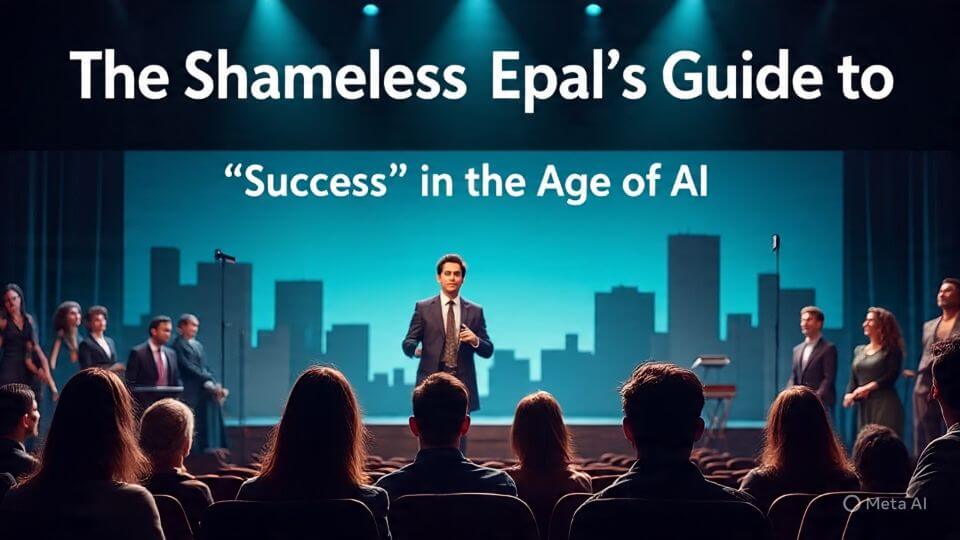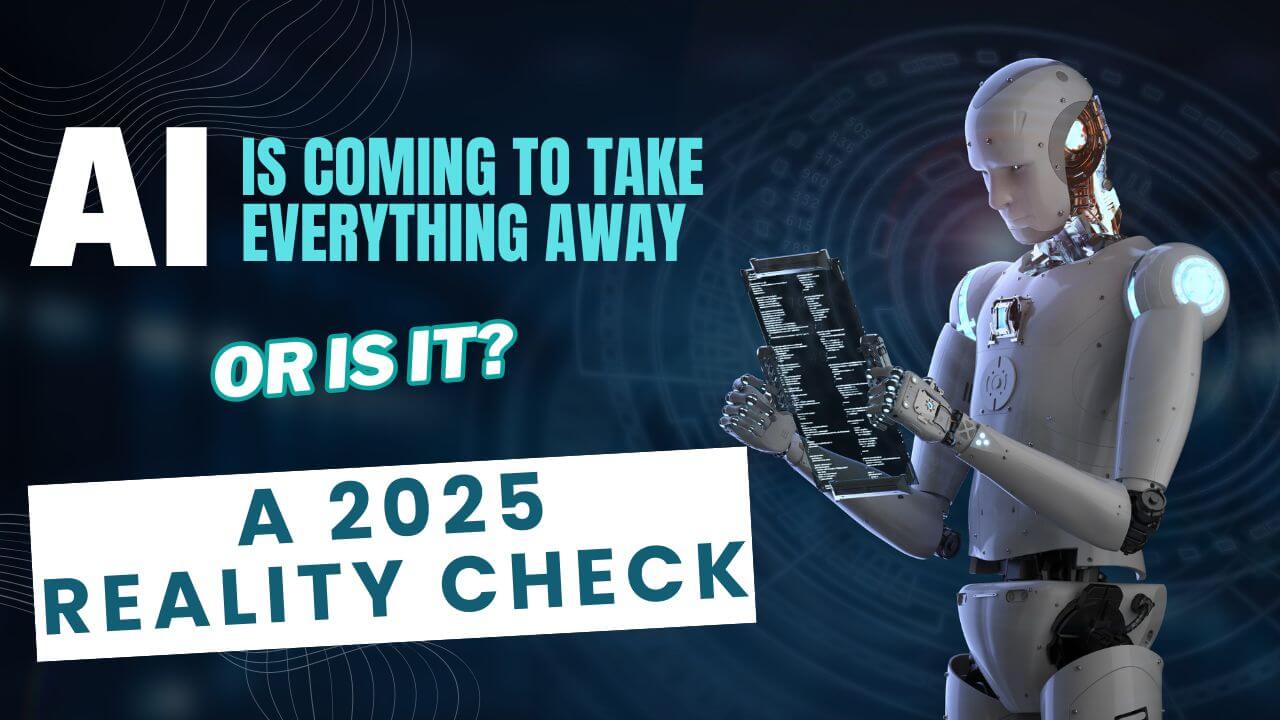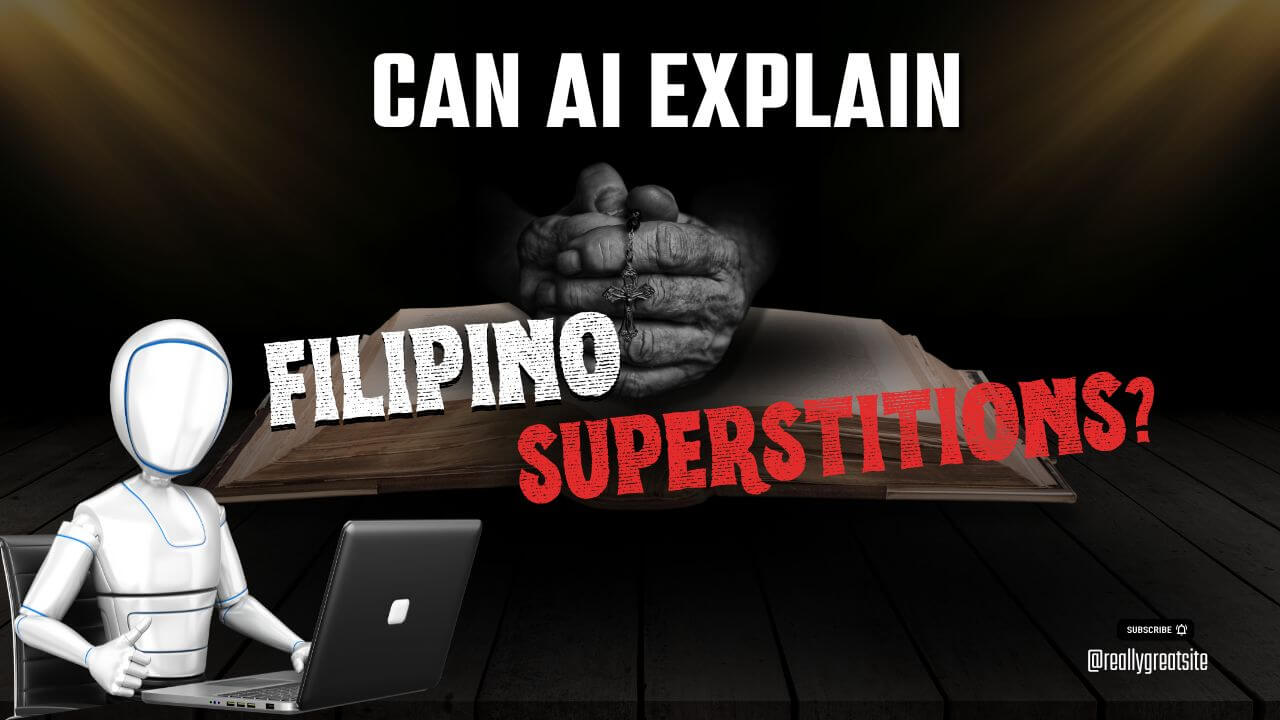Close your eyes and imagine the legendary voice of Morgan Freeman guiding you through the mysteries of the universe. Or the iconic Sir David Attenborough narrating the fragile beauty of our planet. For decades, these voices have defined the tone of documentaries, carrying authority, warmth, and gravitas.
But today, you no longer need the real Freeman or Attenborough. Artificial intelligence can mimic their voices—down to the pauses, intonations, even the gentle rasp that makes us listen with awe.
This is both magical and unsettling.
The Magic of AI Voices
AI-generated voices are not just novelties. NBC recently used an AI clone of sportscaster Al Michaels to narrate personalized Olympic recaps. Another AI project resurrected the voice of Jim Fagan, a legendary NBA announcer, with his family’s blessing.
For businesses, the advantages are clear:
- Cost-effective: No need for expensive celebrity contracts.
- Scalable: Narrations can be generated in dozens of languages in minutes.
- Accessible: A small YouTuber in Bacolod can now sound like an international broadcaster.
For students and casual users (eli12 version): It’s like having Morgan Freeman or Attenborough on speed-dial for your school project or TikTok video, without needing Hollywood budgets.
The Trouble with Fake Voices
But not everyone is impressed. Morgan Freeman himself has called out unauthorized voice clones, warning about misuse and exploitation. And here lies the heart of the issue:
- Authenticity: Can a machine truly capture the emotion of a grieving father or a proud Filipino elder telling a story?
- Consent: Should anyone have the right to digitally resurrect voices—even with “good intentions”?
- Cultural Impact: In the Philippines, dubbing and voiceover industries thrive, from teleseryes to local animations. What happens to our pool of talented narrators if AI can copy and replace them?
Too Cryptic? Please Explain Like I’m 12 (ELI12)
Okay, let’s break it down super simple. Imagine you record your best friend telling a joke. With AI, you can now make that same voice say anything—even things they never said. Cool? Yes. But also scary. It’s like wearing your kuya’s face as a mask at a party. People laugh at first, but deep down they know it’s not really him.
The problem? When people can’t tell the difference between real and fake, trust gets broken. What if someone makes a fake “you” that says bad things? Even if you shout, “That’s not me!”—some will still believe the fake version. That’s why copying voices is not just a tech trick. It’s a responsibility.
Human Nuance vs. Machine Perfection
The “battle” between human and AI voices boils down to nuance. A Filipino radio DJ might slip in humor, slang, or even a sigh that makes the listener feel connected. AI, no matter how advanced, often misses that hidden humanity.
At the same time, AI can do things humans can’t. Imagine a voice that never tires, never makes mistakes, and speaks Cebuano, Hiligaynon, and English fluently in the same recording session.
So—do we trade heart for efficiency?
Think Before You Clone
Here’s where it gets serious. In the age of AI, digital footprints are permanent. Once an AI-generated voice (or video) is uploaded, even if deleted, copies linger in servers, archives, and someone’s hard drive. That “funny” clip using a celebrity voice? It could resurface years later—out of context—and cause real damage.
This should make epals (those onion-skinned attention-seekers) and their digital “minions” think twice. AI doesn’t just amplify content; it immortalizes mistakes.
The Filipino Question
For the Philippines, a nation of storytellers, singers, and radio voices, the challenge is urgent. Will we allow AI to erase the unique flavor of our voices? Or will we use it to enhance storytelling—keeping the human at the center?
The debate is global, but the decision is personal. Every voice, human or AI, carries power. The real question: Whose story are we letting it tell?







